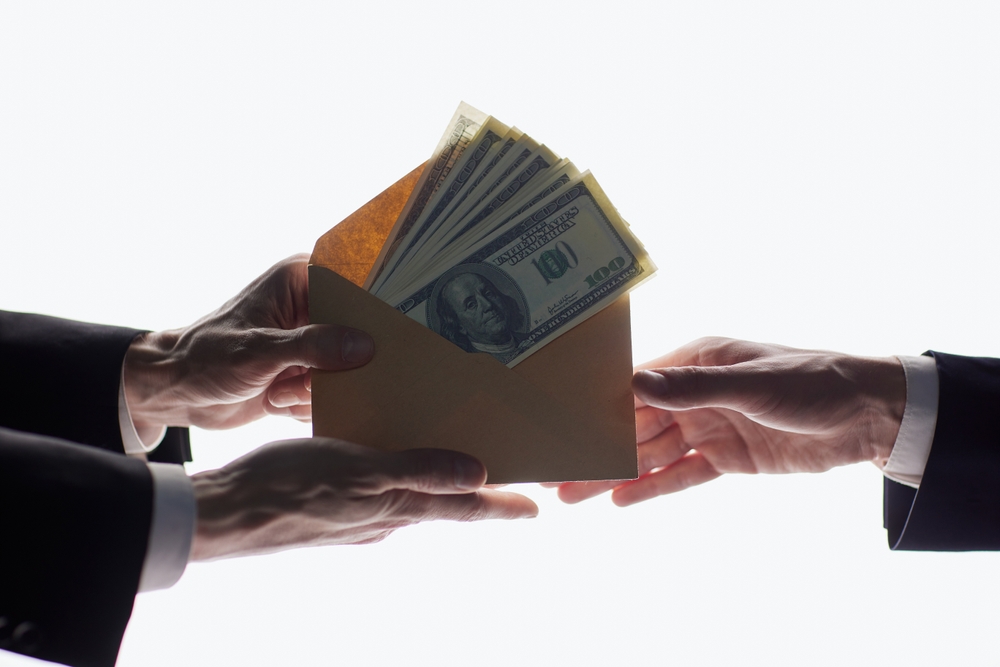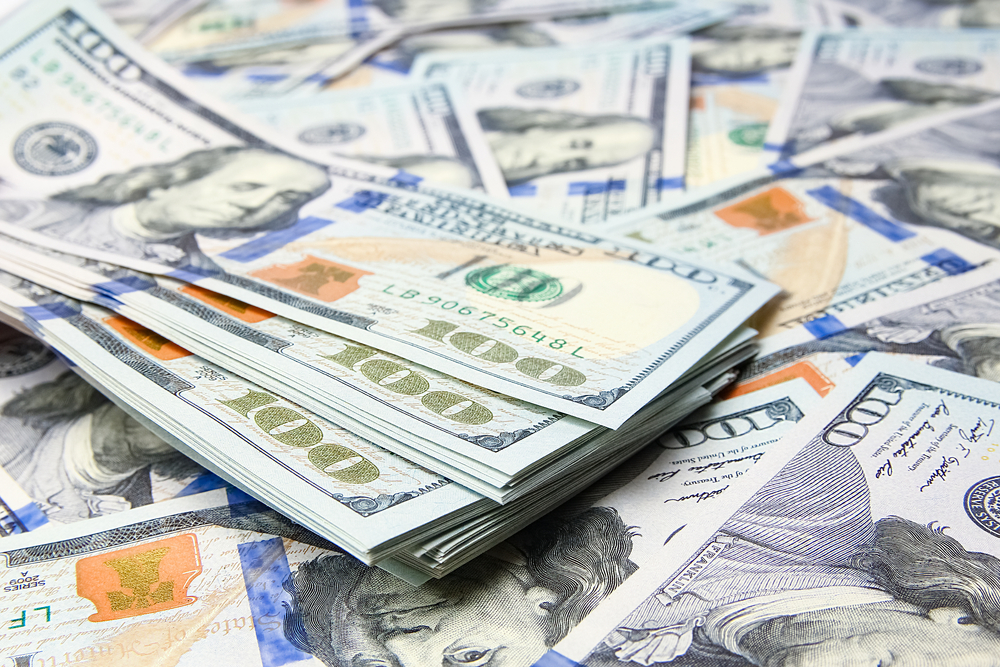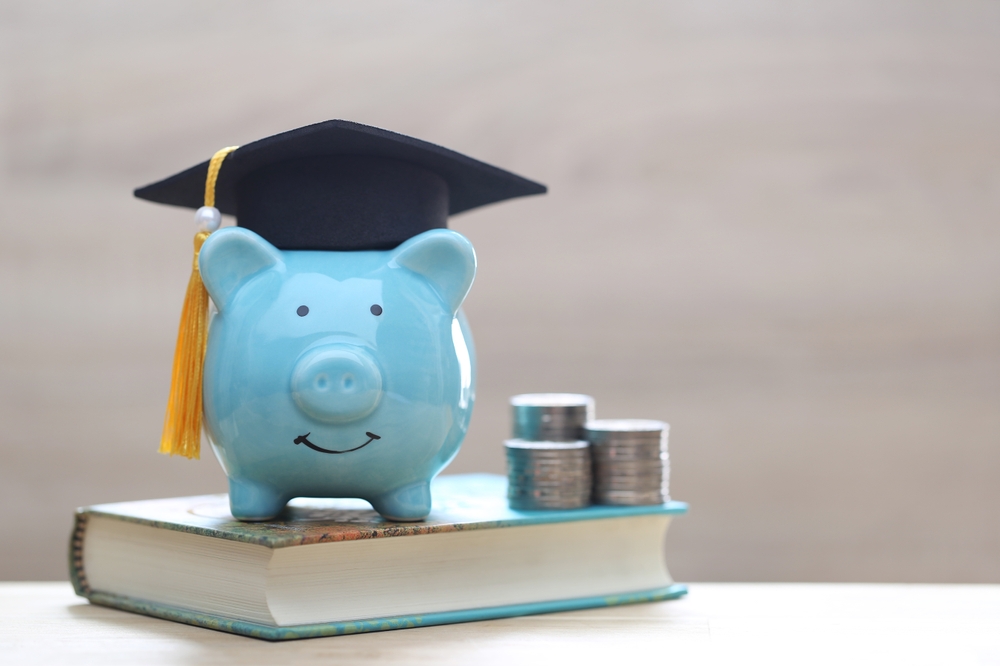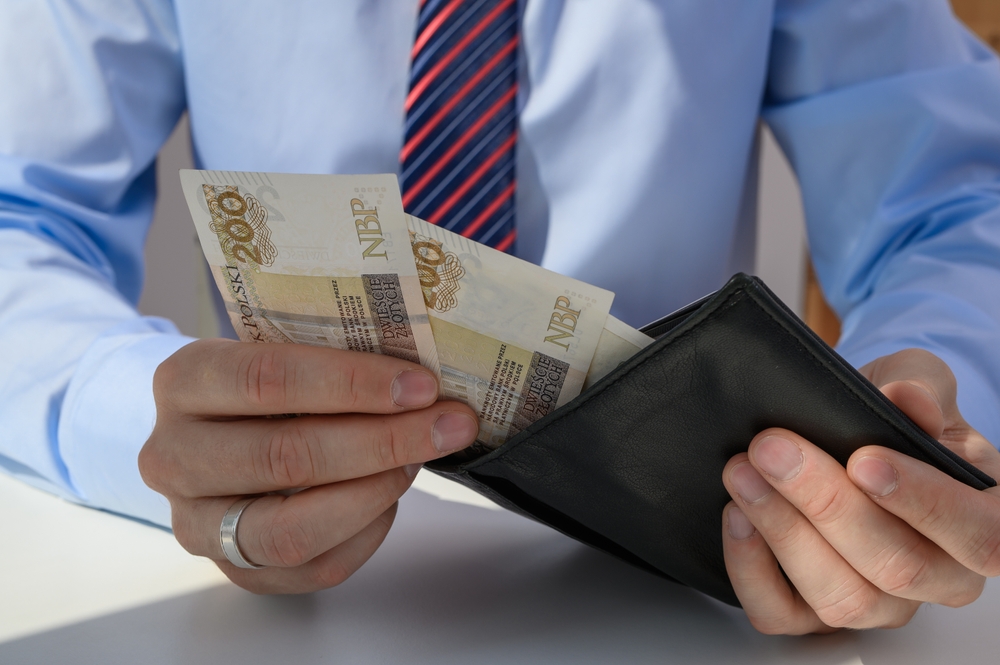
Money matters to everyone. Americans often hear about tax cuts or government spending, but a direct cash payment feels different. A new proposal suggests that extra money could arrive in mailboxes or bank accounts soon. People are buzzing with questions. Will it happen? How much is it? Who gets it?
Talk spreads quickly when cash is involved. Leaders in Washington are discussing a plan to share the country’s earnings with its people. Imagine receiving a check just because the nation collected fees from other countries. It sounds simple. However, turning a promise into reality is rarely easy. Several steps remain before anyone spends a single cent. One major obstacle stands in the way, and it involves the lawmakers on Capitol Hill.
A Reality Check on Cash Payments
Excitement grew when Donald Trump mentioned a specific figure. He proposed sending $2,000 to individual citizens. Such a payment would help many families cover bills, buy groceries, or save for the future. But Treasury Secretary Scott Bessent recently added a dose of realism to the conversation. He appeared on Fox News to clarify the situation.
His message was clear. Presidents cannot simply sign a check and mail it out. A system exists for spending federal money. Lawmakers must agree to the plan first. Congress holds the power of the purse. Without their approval, the idea remains just an idea. Bessent was direct when asked about the feasibility of the plan.
“We need legislation for that,” he stated during his interview.
Legislation means debates, votes, and potential changes. Getting a bill through the House and Senate takes time. Both parties must look at the numbers. They need to decide if the country can afford it. Bessent did not say no, but he did not say yes immediately either. He emphasized that the process must follow the rules.
Counting the Cost
Sending money to millions of people requires a massive amount of funds. Trump’s plan targets a wide group of citizens. He wants to include everyone in the low and middle-income brackets. Only the wealthy would sit this one out. Even with high earners excluded, the total number of recipients is huge.
Scott Bessent admitted the price tag is high. He acknowledged that paying every eligible citizen poses a financial challenge. He noted that tariffs taxes on imported goods are bringing in revenue. However, he also pointed out the scale of the expenditure.
“It’s a lot of money,” Bessent told the TV channel.
Money collected from tariffs is the proposed funding source. Tariffs are fees paid by foreign companies or countries to sell goods in the United States. Trump views this revenue as a dividend for the American people. He believes the country earns enough from these fees to share the wealth.
The Math Behind the Promise
Numbers tell the real story. Economists and watchdog groups are running their own calculations. They want to see if the tariff income matches the cost of the checks. One group, the Committee for a Responsible Federal Budget, looked at the proposal closely. They estimated the cost based on previous stimulus payments given during the Covid-19 pandemic.
Their preliminary estimate puts the cost at roughly $600 billion. That is a staggering sum. Now, compare that to the money coming in. Government data shows that net tariff revenue for the fiscal year ending in September was $195 billion. Economists predict this number could rise to about $300 billion in the calendar year 2025.
A gap clearly exists between $300 billion in income and $600 billion in costs. Spending double what you earn creates a deficit. This discrepancy is fueling the debate. Critics wonder where the extra money will come from. Supporters argue that revenue might grow or other adjustments could be made.
Fighting the National Debt

Another goal accompanies the dividend plan. Trump has stated that tariff money should also help reduce the national debt. The United States owes a significant amount of money. Current figures show the debt standing at a colossal $37 trillion.
Trump expressed his intentions clearly on Truth Social. He wants to tackle two problems at once: putting money in people’s pockets and paying down the country’s credit card. He mentioned that factories are being built and investments are hitting record highs. He sees a future where the government takes in trillions of dollars.
Balancing these two goals is tricky. Every dollar sent to a citizen is a dollar not used to pay down debt. Bessent mentioned that reducing debt is part of the agenda. He said, “we’re also going to be reducing debt.” Finding the balance between generosity and fiscal responsibility will be the main task for the Treasury.
Who Gets Left Out?
Clarifying who qualifies is essential. High-income families should not expect a check. Trump made a specific distinction in his announcement. He wants to ensure the money goes to those who need it most. Wealthy individuals are not the target demographic for this relief.
Trump reiterated this point to reporters while on Air Force One. He described the payments as going to “everybody but the rich.” He later posted a specific message on social media to remove any doubt.
“A dividend of at least $2000 a person (not including high income people!) will be paid to everyone,” he wrote.
Defining “high income” will be the next step. Past stimulus checks had strict income limits. Individuals earning above a certain amount received reduced payments or nothing at all. Congress will likely debate where to draw that line. Some might argue for a lower cap to save money. Others might want a higher cap to include more of the middle class.
When Will It Happen?

Timing is everything for families waiting for relief. Trump mentioned that checks would go out sometime next year. He did not give a specific date. “Next year” covers a long stretch of time. It could mean January, or it could mean December.
Bessent offered a slightly different perspective on the timeline for economic relief. He believes Americans will start feeling better about their finances early in the year. He pointed to tax cuts passed earlier as a major factor. These policies take time to work, but he expects results soon.
He spoke about inflation and income trends. Inflation refers to how fast prices rise. When inflation is high, money buys less. Real income is how much money people make after accounting for inflation. Bessent sees positive signs on the horizon.
“So I would expect in the first two quarters we are going to see the inflation curve bend down and the real income curve substantially accelerate,” he predicted.
The Tariff Strategy
Using tariffs to fund domestic programs is a core part of the current strategy. Trump has imposed tariffs on almost all countries across the world. He sees this as a way to protect American businesses and generate cash. Foreign companies pay these fees when they ship products to the US.
Some economists worry about the side effects. High tariffs can lead to higher prices for shoppers. If a foreign company pays a tax, they often pass that cost to the customer. Trump dismisses these concerns. He argues that the tariffs bring wealth into the country.
He even threatened distinct tariffs on specific items. For example, reports mention a threat of 107% tariffs on pasta and other Italian imports. Such moves show he is serious about using trade policy as a tool. The revenue from these aggressive tactics is what funds the proposed $2,000 checks.
Looking at the Road Ahead

Several things must happen before anyone spends that $2,000. First, the proposal needs to turn into a formal bill. Lawmakers will write the text. They will specify the amount, the eligibility rules, and the funding source.
Next, the House of Representatives must vote. If they pass it, the Senate gets a turn. Both chambers need to agree on the exact same version. Debate will likely be intense. Fiscal conservatives might balk at the $600 billion cost. Others might worry about inflation.
Once Congress passes the bill, the President signs it. Then, the Treasury Department gets to work. They have to identify eligible citizens and set up the payment system. Sending millions of payments takes logistical planning.
Bessent’s comments suggest he knows this road is long. Saying “we will see” indicates caution. He knows that promising money is easier than delivering it. However, the administration seems committed to the idea. They view it as a way to reward Americans for the country’s trade success.
Economic Relief Beyond Checks
Focusing solely on the $2,000 misses part of the picture. The administration believes the economy is improving in other ways. Factories are opening. Investments are pouring in. Bessent’s comment about the inflation curve suggests that daily life might get cheaper soon.
Lower inflation feels like a pay raise. When gas and groceries cost less, people have more money left over. Combining lower inflation with a potential $2,000 check could mean a very strong year for American families.
Debt reduction also plays a role in long-term health. Paying down the $37 trillion debt reduces interest payments. Lower interest payments mean the government has more money for other things in the future. It creates a cycle of financial stability.
Where the Plan Stands Now

Americans are watching closely. A $2,000 payment would make a real difference for millions. It represents a new approach to handling government revenue. Instead of just keeping tariff money, the President wants to give it back.
Questions remain about the math. Spending more than the country earns is a risk. Congress has the final say. They will weigh the benefits against the costs. Scott Bessent will likely play a key role in these discussions. As Treasury Secretary, he has to make the numbers work.
For now, the plan is on the table. It is a bold proposal with a high price tag. Whether it becomes a reality depends on the complex dance between the White House and Congress. Until legislation passes, the $2,000 check remains a possibility, not a promise kept. Everyone will have to wait and see how the political process unfolds in the coming months.
Loading...

